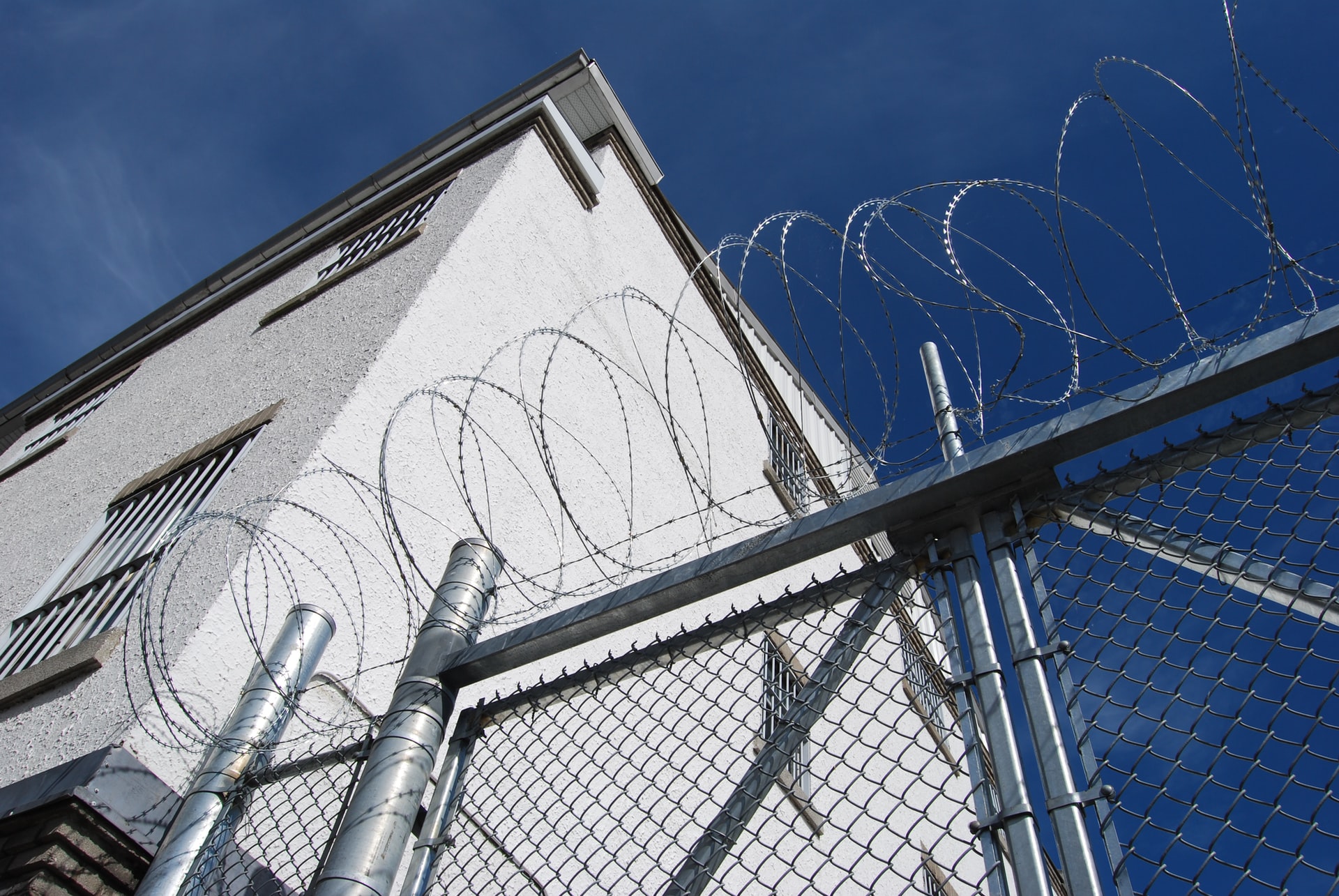Canada News
Ontario extends contract to jail migrants for another year
By Brigitte Bureau, CBC News, RCI

Public health experts have encouraged prisons to think about the role of correctional officers in infection spread for years and more recently have warned that correctional officers are a weak link for COVID-19 infections in prisons. (File photo: Larry Farr/Unsplash)
Province promised to end the controversial practice in July
Ontario will continue to imprison foreign nationals held for immigration purposes despite promising to end the practice, Radio-Canada has learned.
Human rights advocates and immigration lawyers have for years campaigned against the imprisonment of migrants in Canada, which they say violates international law.
They believed their efforts had borne fruit when, beginning in 2022, all 10 provinces agreed they would no longer incarcerate migrants on behalf of the federal government and gave Canada Border Services Agency (CBSA) one year’s notice, as required by some of their contracts.
To see Ontario extend its agreement with the federal government for many months, we consider that to be really problematic.- Stéphanie Valois, Quebec Association of Immigration Lawyers
But Ontario, the province with the most immigration detainees each year, keeps pushing back its deadline.
After initially announcing it would stop incarcerating migrants as of June 15, Premier Doug Ford’s government agreed to extend its contract with the federal government until July 31.
It has now decided to maintain the controversial practice for another year, according to information obtained by Radio-Canada.
Following a request from the federal government, Ontario has granted an extension until September 2025 to allow more time for the federal government to update necessary infrastructure to hold immigration detainees,
confirmed Brent Ross, a spokesperson for Ontario’s Ministry of the Solicitor General.
‘It’s really disappointing’
It’s really disappointing,
said lawyer Stéphanie Valois, co-president of the Quebec Association of Immigration Lawyers.
We said that imprisonment of migrants was contrary to international standards, that it had serious consequences on the mental health of migrants, and this was recognized by the provinces because we saw them end their agreements one after another,
she said.
To see Ontario extend its agreement with the federal government for many months, we consider that to be really problematic.
Quebec has decided not to renew its contract with the federal government, despite discussions in June between Premier François Legault and Prime Minister Justin Trudeau about extending the agreement.
All the other provinces but one have confirmed to Radio-Canada that they have ended their agreements.
Newfoundland and Labrador, which was the last to signal its intention to stop incarcerating immigration detainees, intends to cease the practice completely as of March 31, 2025.
Government turns to penitentiaries
In reaction to the provinces’ decision, the Trudeau government has opted to use federal penitentiaries to detain migrants it deems high-risk.
This proposal, buried within the federal budget in April, provoked angry reaction from former Liberal ministers Lloyd Axworthy and Allan Rock, both with the World Refugee and Migration Council.
Despite strong opposition, however, the federal government is moving forward.
CBSA announced that the Regional Reception Centre located in Sainte-Anne-des-Plaines, about 50 kilometres north of Montreal, has been identified as a holding facility for immigration detainees, starting next year.
The penitentiary has housed some of Canada’s most notorious criminals including serial child killer Clifford Olson and Hells Angels Quebec chapter boss Maurice Mom
Boucher.
The space being explored is separate from any federal inmates and will have approximately 25 beds,
CBSA stated in a news release earlier this month. This location would only be used to detain adult males who present a significant risk to public safety.
Treated like criminals
Immigration detention is administrative in nature, but immigration detainees who find themselves behind bars are subject to the same treatment as convicted criminals, Valois said.
They are handcuffed, they are subject to strict routines, they have great difficulty getting in contact with the outside world, including with their lawyers.
Under Canada’s Immigration and Refugee Protection Act, CBSA can detain foreign nationals and permanent residents for three main reasons:
- If their identity hasn’t been well enough established.
- If they’re deemed a danger to the public.
- If they’re considered a flight risk, meaning the agency believes they won’t appear for immigration processes including removal.
Since 2012, CBSA has detained an average of 6,410 migrants per year, the vast majority for flight risk.
The agency could choose to send them to one of its three immigration holding centres, or to provincial jails across the country when agreements with those provinces remained in effect. On average, 1,784 migrants were jailed each year.
CBSA said as of Sept. 13, just 21 immigration detainees remained in provincial jails.
Valois said she’s pleased CBSA is giving greater priority to alternatives such as community supervision and the use of sureties, but she worries that progress will be lost when the federal agency begins using penitentiaries. CBSA has sole prerogative
over where immigration detainees are held, she said.
Red Cross reports unavailable
The Canadian Red Cross is the only non-government organization that visits immigration holding centres and provincial jails on a regular basis to report on the condition of migrants held there.
In 2017, when the contract between the Red Cross and CBSA was enhanced to allow a greater number of monitoring visits, the federal agency committed to publishing the organization’s annual reports. However, that hasn’t happened for the last three years.
In the past, the Red Cross reports have highlighted concerns where immigration detainees and convicted criminals are held together, including over punitive measures such as strip searches and lockdowns.
The Red Cross has confirmed it submitted its last three annual reports to CBSA.
If the agency has nothing to hide, why shouldn’t we have access to these reports?
Valois asked.
In response to questions from Radio-Canada, CBSA said it intends to publish two of the Red Cross’s three most recent annual reports this fall.
This article is republished from RCI.





















